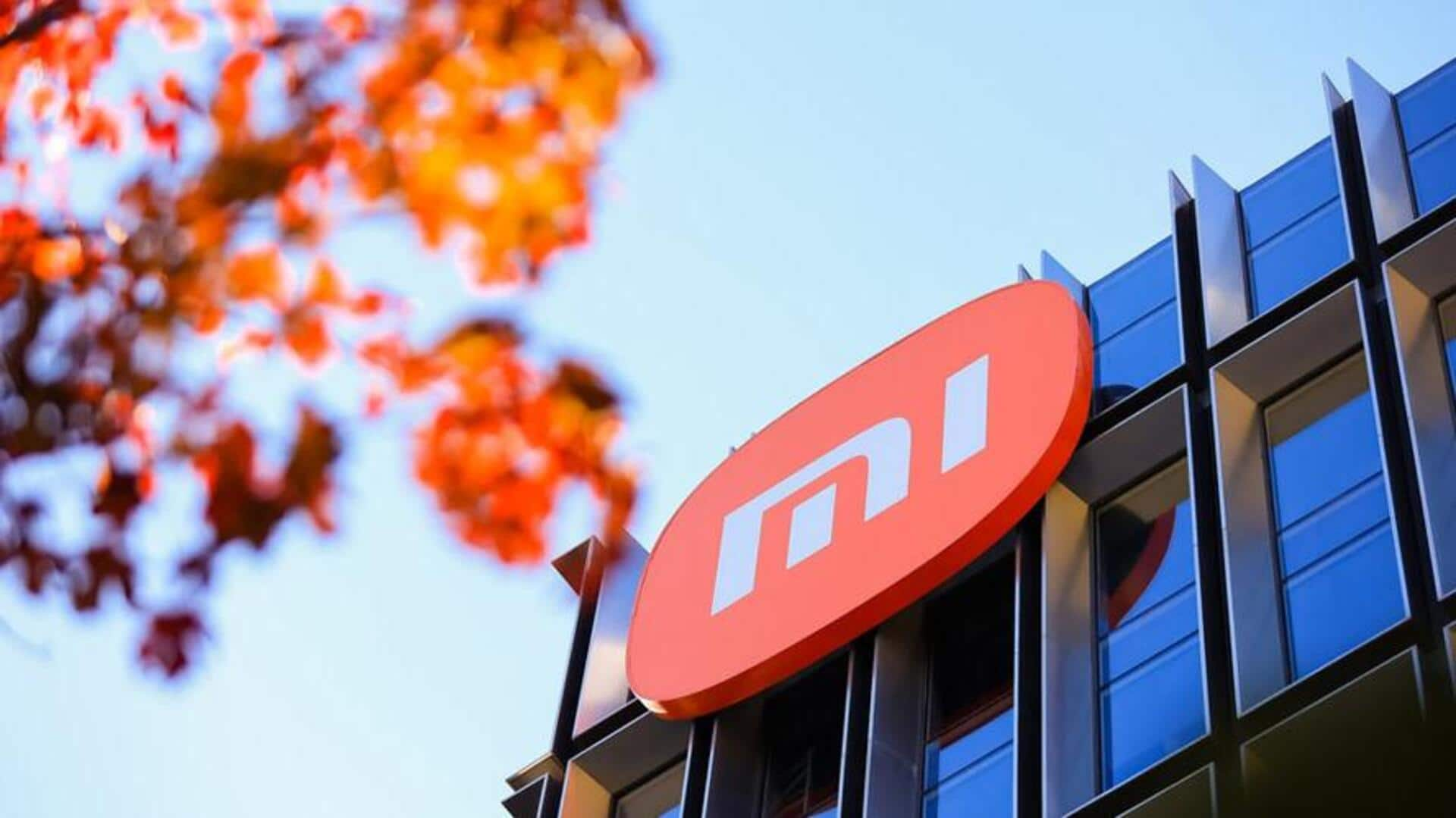
Xiaomi plans to set up manufacturing units in India
What's the story
Chinese smartphone giant, Xiaomi, is in talks with partners to set up manufacturing units in India, to boost local sourcing of handset components.
This move aligns with the upcoming Indian incentive scheme aimed at strengthening the electronics component ecosystem, for domestic and export needs.
"We started with low-hanging fruits like battery chargers and cables, and over the period we evolved into mechanics like camera modules," said Muralikrishnan B, President of Xiaomi India.
Strategic move
Xiaomi's dual approach to boost local sourcing
Xiaomi is implementing a dual strategy to enhance local sourcing for its devices.
This involves increasing the sourcing of existing components and encouraging partners to establish local operations.
"Whoever is there, wherever there is an opportunity, we are going to be open to exploring having conversations and seeing if the quality and commercial ratio works," Muralikrishnan stated.
The company is currently negotiating with component partners to set up units in India for both domestic and export requirements.
Future
India's upcoming incentive scheme attracts Xiaomi
Xiaomi's move to establish local units comes ahead of the Ministry of Electronics and Information Technology's (MeitY) planned incentive scheme rollout, expected to have an outlay of ₹30,000 crore.
This new scheme will replace the previous one that ended on March 31, offering a financial incentive of 25% of capital expenditure for various electronic goods.
The upcoming scheme will focus on select component items and areas with significant value-added opportunities.
Market outlook
Xiaomi foresees revenue growth in Indian market
Muralikrishnan predicts over 10% revenue growth in the Indian smartphone industry for the 2024 calendar year, citing positive market trends.
"What's interesting is the growth in the ASP. Therefore, we expect revenue growth to outstrip volume growth. Revenue growth could even be in the low double digits or it could be upwards of 10% because ASP is clearly growing," he stated.
The demand for 5G smartphones and higher specification handsets are driving overall ASPs in the market.